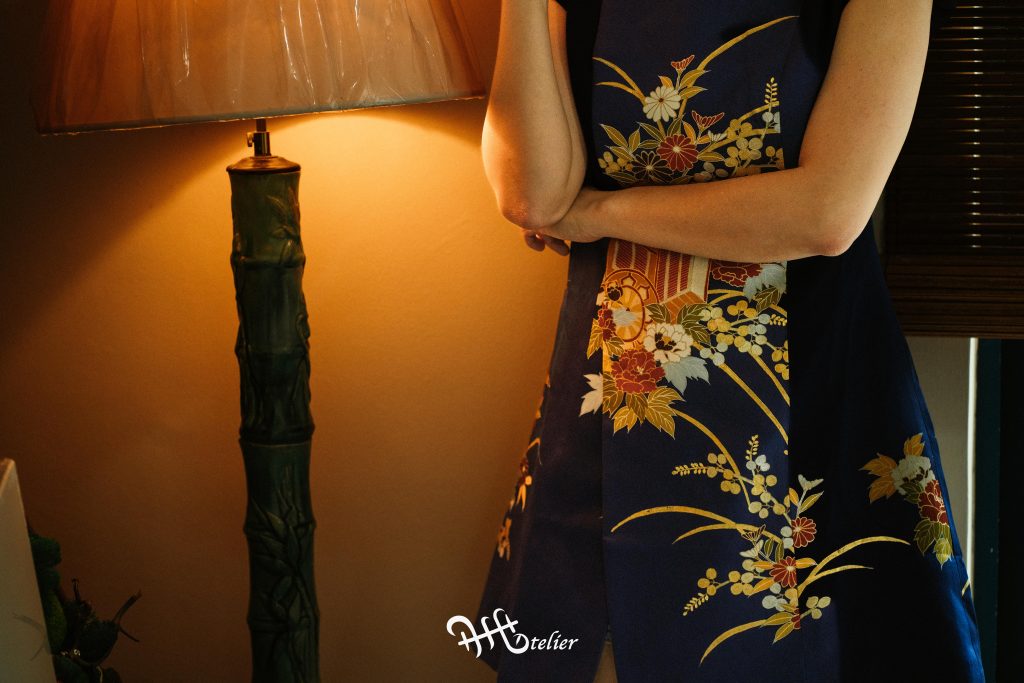Your cart is currently empty!
Timeless Crafts

Across centuries, Chinese artisans mastered techniques that transformed natural materials into art — enamel, lacquer, silk, shell, and feather. At Yanzilou, these crafts are revisited with care and context: not as nostalgia, but as living heritage. Each technique below represents a story of exchange, adaptation, and refinement — reimagined today through jewellery, textiles, and wearable art.
Cloisonné, known in Chinese as Jingtai Lan (景泰蓝), arrived from the Arabian world in the late 13th century when Mongol trade routes connected much of Eurasia. In China, it evolved into two distinctive forms — one for bronze vessels and vases, and another for fine jewellery and accessories.
Most cloisonné accessories in our collection are crafted with the Chinese filigree-soldering method, an intricate process where silver wires are hand-soldered to form each cell before the coloured enamel is applied and fired. This is similar to the Byzantine enamel tradition, now rarely practiced due to its labour intensity.
Our cloisonné pieces at the HFG Atelier studio are made with pure silver bases, gilded after enamelling. We also carry modern cloisonné-inspired pieces using copper or brass and unfired enamel paste — finished with a transparent glaze that mimics the luminous, glass-like surface of true enamel.
Visit us to view the craft and commission your own bespoke pieces.
